Search
Did you mean: Anjar?
Search Results

Definition
Nasta 'liq
Nasta 'liq is one of the styles of Islamic calligraphy that was developed on Persian grounds by Persian calligraphers. The art of calligraphy has always held a prominent position in Persia, and its usage extends beyond the limits of the pages...

Article
Mehrauli Archaeological Park
Mehrauli Archaeological Park is situated in Delhi, just beside the Qutb Complex (historically, Mehrauli was the first of the seven cities of Delhi). Spanning an area of more than 200 acres (80 ha), the site displays the rich heritage of India...
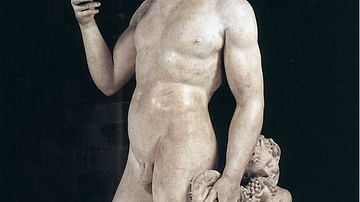
Article
Copies & Fakes in Art during the Renaissance
The Renaissance period witnessed a great renewed interest in the art of antiquity. There was an appreciation of the technical skill required to produce such objects as a Roman marble figure of Venus and an admiration for the form and beauty...
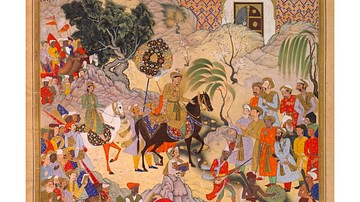
Image Gallery
A Gallery of Mughal Paintings
In this gallery, we present many fine examples of paintings from the Mughal Empire (1526-1857). Espoused and cultivated by the Mughal court, the artform married the bold styles of classical Indian miniature painting, dating as far back as...
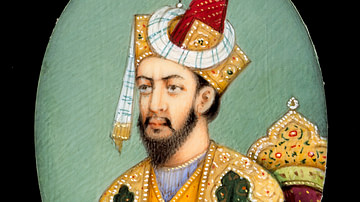
Image
Emperor Humayun
Mughal Emperor Humayun (r. 1530-1540/1555-1556), son of Emperor Babur, father of Emperor Akbar, miniature painting, opaque watercolor and gold on ivory, India, Delhi, c. 1875.
Los Angeles County Museum of Art
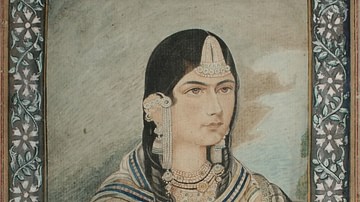
Image
Hamida Banu Begum
Hamida Banu Begum (c. 1527 to 29 August 1604), wife of Mughal Emperor Humayun, mother of Emperor Akbar, miniature painting, opaque watercolor or gouache on paper, Lucknow School of painting, c. late 19th century.
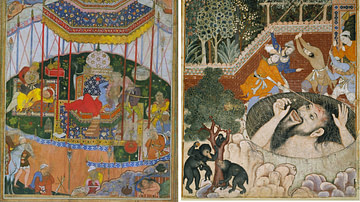
Image
Folios from the Hamzama
Left to right: The Hamzanama is one of the most famous illustrated manuscripts of Mughal painting. It depicts stories from the life of Hamza ibn Abdul-Muttalib (c. 569–625) who was the uncle of the Islamic prophet Muhammad. The book was commissioned...
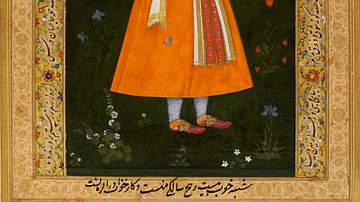
Image
The Emperor Shah Jahan as a Prince
The third Mughal Emperor Akbar's (1540-1605) grandson Shah Jahan (1592-1666) as a young prince. He would become the fifth Mughal Emperor and hold the title of Shah Jahan the Magnificient. Opaque watercolour and gold on paper, by Abu'l Hasan...

Video
The History of the Great Mughals, Babur to Aurangzeb | 1483 - 1707
The Mughal Empire ruled parts of the Indian Subcontinent for more than three centuries. In that time, it transformed India into what it is today. The Mughals came as outsiders from Central Asia who conquered India with steel and gunpowder...